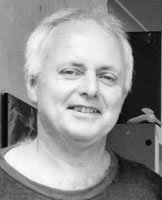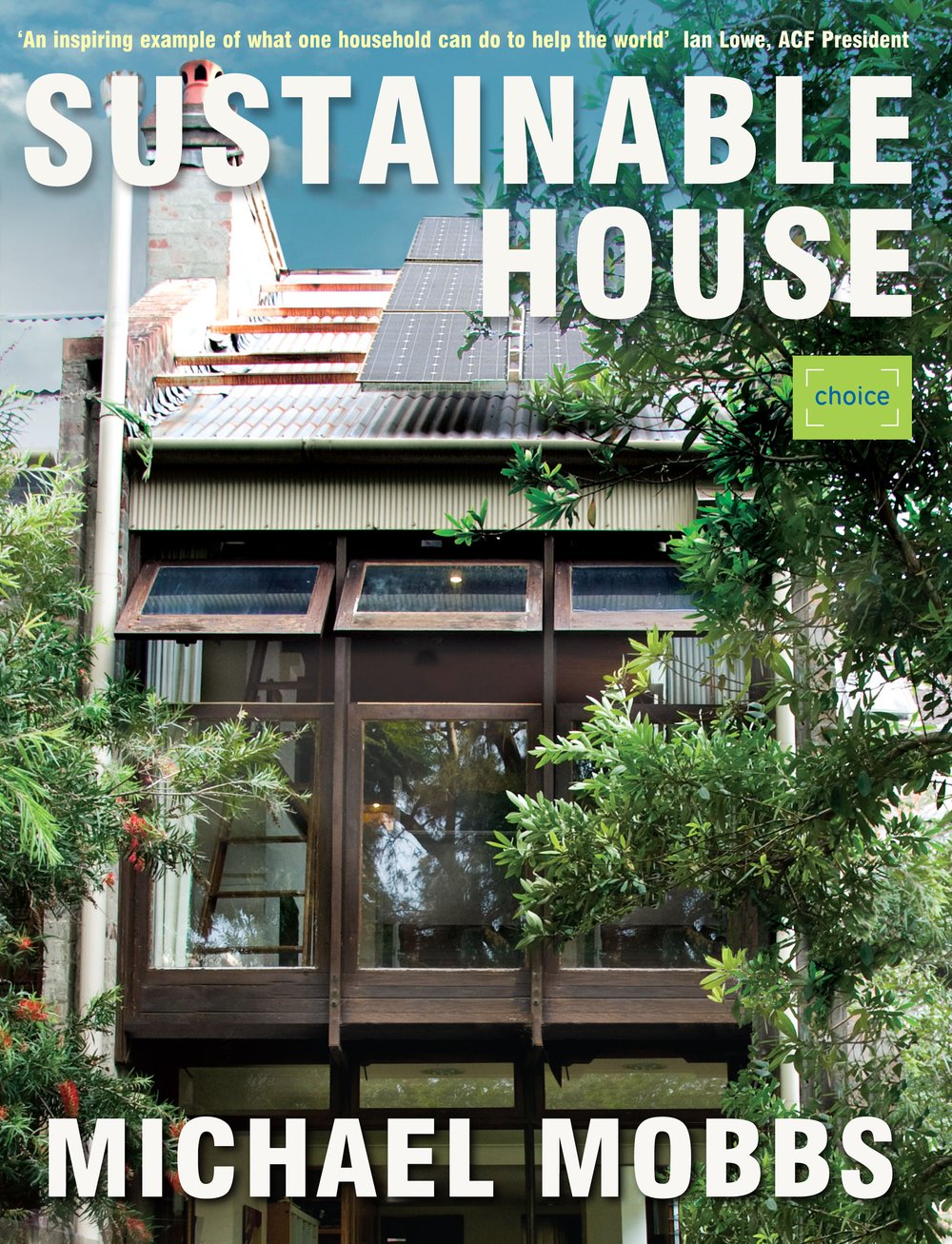In February 2011, City of Sydney Council announced a plan to build on the lessons learnt from my Sustainable House and the footpath gardens we’ve created in Chippendale. As far as I know, this is the first time an Australian council has attempted to convert an existing suburb into one that uses energy and water sustainably, and which grows food in its streets.
Mayor Clover Moore notified residents of the plan, saying: ‘The City of Sydney has chosen Myrtle Street, and surrounding areas in Chippendale, as a trial site for how to create a “sustainable street”. The aim of this six-month project is to showcase the significant sustainable living features already established in parts of Chippendale and to develop and implement plans for further improvements.’
Perhaps the most exciting part of the project for me is the opportunity to cool the suburb by repaving the roads with pale tarmac, achieving up to 80% tree-canopy cover over the roads, and painting dark roofs a pale colour. When finished, this will cool Chippendale by up to six degrees in summer. (In my book, Sustainable House, there’s a wonderful thermal image of Chippendale taken during the hours between 1am and 5am on 6 February 2009. It shows roads with black tar and no tree cover at over 34 degrees, while houses such as mine are about 29 degrees.)
The Mayor notes that as part of the project, the Council is looking at cooling the suburb, reducing energy costs, introducing more efficient street and footway lighting, harvesting rainwater and establishing additional road and verge gardens. Also proposed are increasing the use of car-share arrangements, providing improved access and safety for pedestrians and cyclists, creating streets, parks and buildings that cost less to build and maintain and growing more local food and increasing biodiversity.
We can’t cool our cities until we cool our roads. To read or download the plan, click here.
And to support it, click on this here.
Since renovating his nineteenth-century inner-Sydney terrace in 1996, Michael Mobbs has harvested rain water, recycled treated sewage, harvested the sun's energy to achieve energy and water bills of less than $300 a year. His book, Sustainable House, first published in 1998, with an updated second edition published in 2010 by CHOICE Books, is the essential guide to help build an environmentally friendly home. This is an excerpt from Michael’s blog looking at exciting official plans to extend sustainability throughout his suburb.



